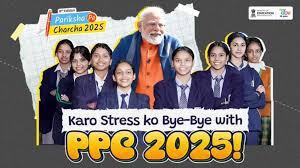Understanding West Bengal: Culture, Economy, and Current Events

Introduction
West Bengal, located in the eastern part of India, is not only known for its rich cultural heritage but also for its growing economic significance. As one of the most populous states in India, it serves as a critical junction for art, literature, and commerce. This article delves into the recent developments in West Bengal, highlighting its importance in the nation’s socio-economic landscape.
The Cultural Mosaic
West Bengal has a diverse cultural heritage that reflects in its festivals, arts, and cuisine. The state’s capital, Kolkata, is often referred to as the cultural capital of India, known for its vibrant art scene, literature, and historical landmarks. Festivals like Durga Puja and Poila Baisakhi are celebrated with great enthusiasm, drawing visitors from all over the country and beyond.
Economic Developments
Economically, West Bengal has seen significant progress in recent years. The state government has been focusing on infrastructure development, which includes improving roads, transport services, and utilities. Initiatives like the West Bengal Industrial Development Corporation (WBIDC) are aimed at fostering industrial growth. In the fiscal year 2022-2023, the state’s GDP growth rate was reported at around 7%, highlighting its recovery post-pandemic. Sectors such as information technology, agriculture, and tourism are driving this growth, making West Bengal a favorable destination for investments.
Recent Events
In the recent state assembly elections, West Bengal witnessed a significant political shift. The ruling Trinamool Congress (TMC) has been actively working on development projects and welfare programs, which has contributed to its popularity among the masses. The TMC’s focus on improving healthcare access and educational facilities has been central to its agenda.
Challenges Ahead
Despite these advancements, the state faces challenges, including unemployment and the need for sustainable development. The government is working towards addressing these issues through various employment generation schemes and initiatives aimed at supporting local businesses.
Conclusion
West Bengal stands at a crossroads of tradition and modernity. With its rich cultural legacy and burgeoning economy, it plays an essential role in India’s future. As the state continues to evolve by addressing its challenges and harnessing its strengths, it promises to remain a significant player on both regional and national stages. For individuals and businesses, West Bengal represents not just a destination but a vibrant opportunity for growth and cultural exploration.









